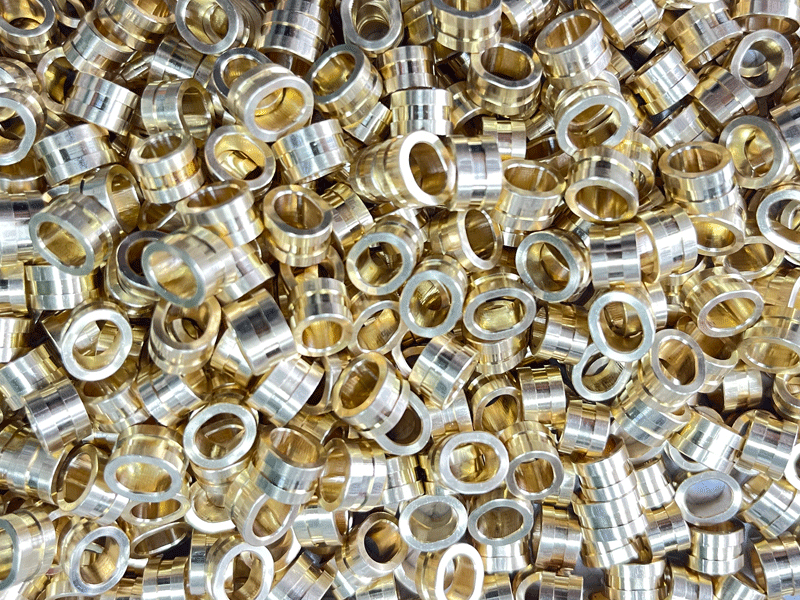With the development of the mechanical industry, sliding bearings are used more and more widely. Among these sliding bearings, a component called a bushing plays an important role. So what is a bushing and how is it produced? What types is it divided into?
A bushing is an annular, thin-walled bearing component, usually made of wear-resistant material. Used to support and guide the movement of the shaft and reduce friction and wear of the shaft.
The main production methods of bushings include casting, forging and CNC machining. King Tower produced the bushings by CNC lathe machine. CNC lathe machined bushings use mechanical processing equipment such as lathes and milling machines to cut metal blanks to obtain bushings of the required shape and size.
The type of bushings include sleeve bushings, flange bushings, tapered bushings, split bushings, thrust bushings, spherical bushings and oil-Impregnated bushings. There are many other types of bushings available for specific applications.
In practical applications, bushings can protect the shaft and extend the service life of the shaft. At the same time, the bushing can also be used as a guide device for the shaft to improve the straightness and rotation accuracy of the shaft. In addition, the bushing can also serve as a buffer device for the shaft, absorbing shock and vibration, and improving the working stability and reliability of the machine.





